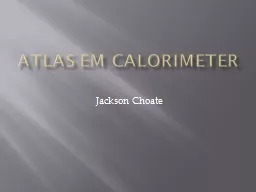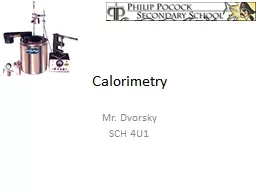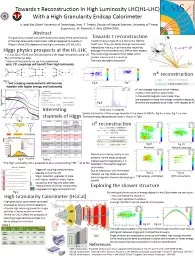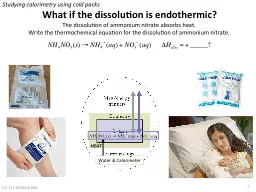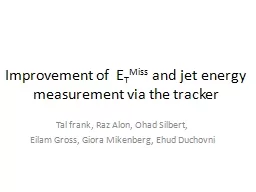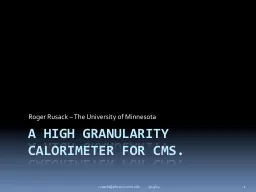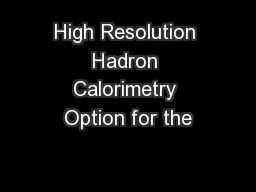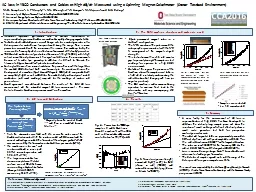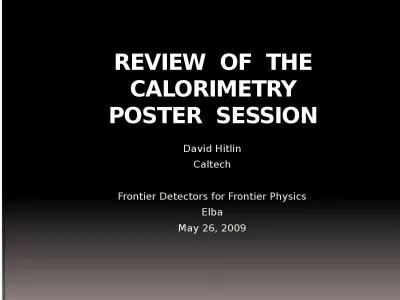PPT-ATLAS EM Calorimeter
Author : briana-ranney | Published Date : 2015-10-13
Jackson Choate ATLAS Calorimeters The Science Behind It Highenergy electrons and photons lose energy primarily through Bremsstrahlung and pair production respectively
Presentation Embed Code
Download Presentation
Download Presentation The PPT/PDF document "ATLAS EM Calorimeter" is the property of its rightful owner. Permission is granted to download and print the materials on this website for personal, non-commercial use only, and to display it on your personal computer provided you do not modify the materials and that you retain all copyright notices contained in the materials. By downloading content from our website, you accept the terms of this agreement.
ATLAS EM Calorimeter: Transcript
Download Rules Of Document
"ATLAS EM Calorimeter"The content belongs to its owner. You may download and print it for personal use, without modification, and keep all copyright notices. By downloading, you agree to these terms.
Related Documents

